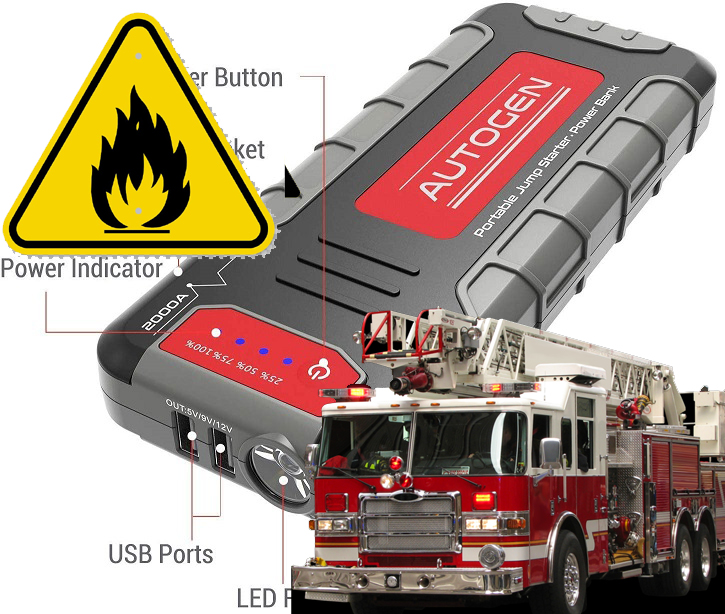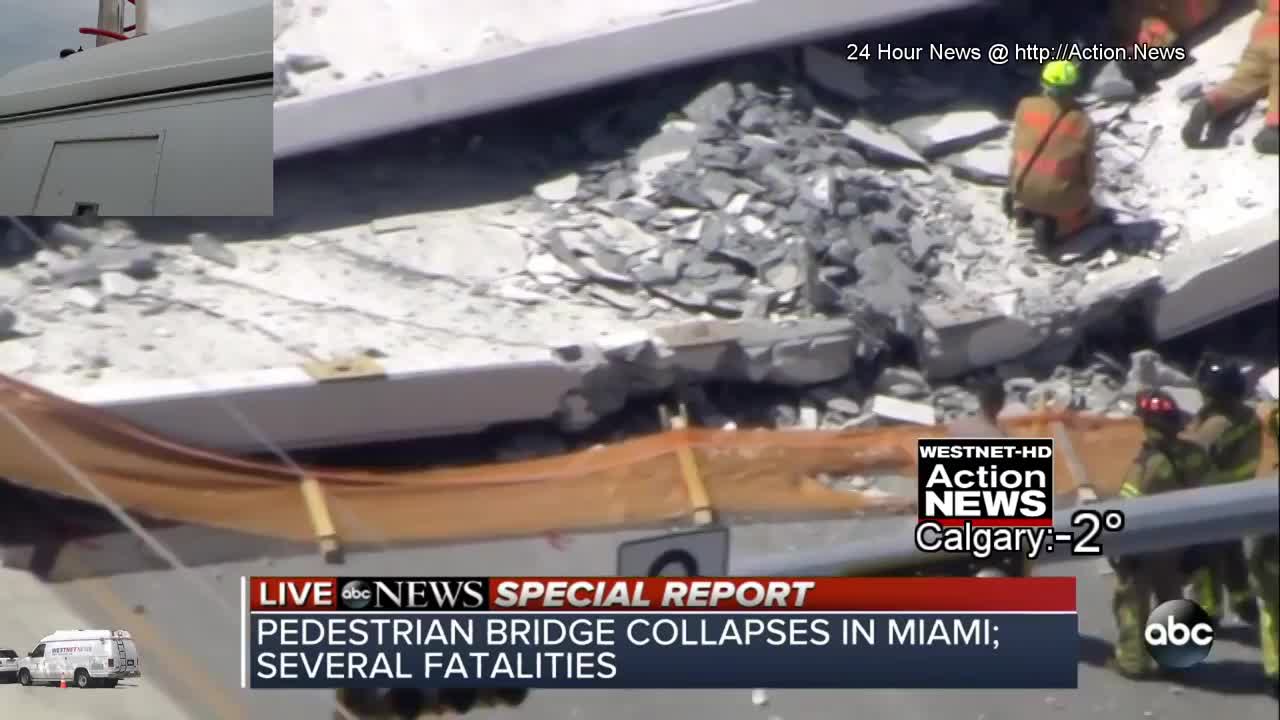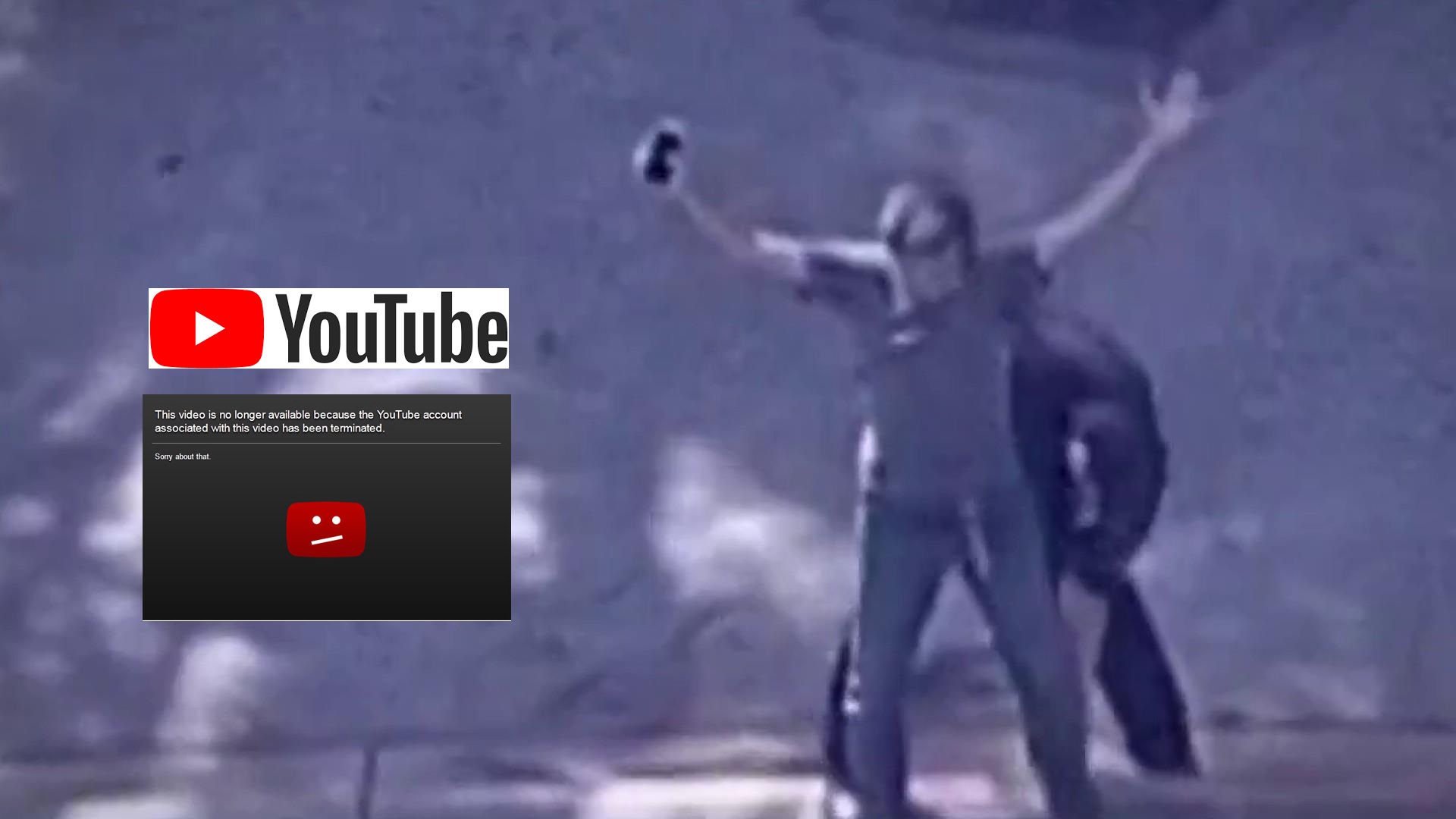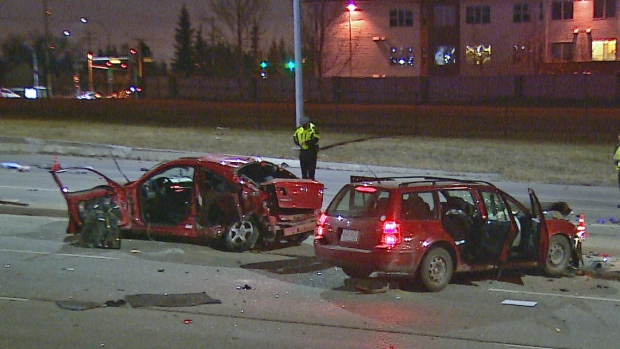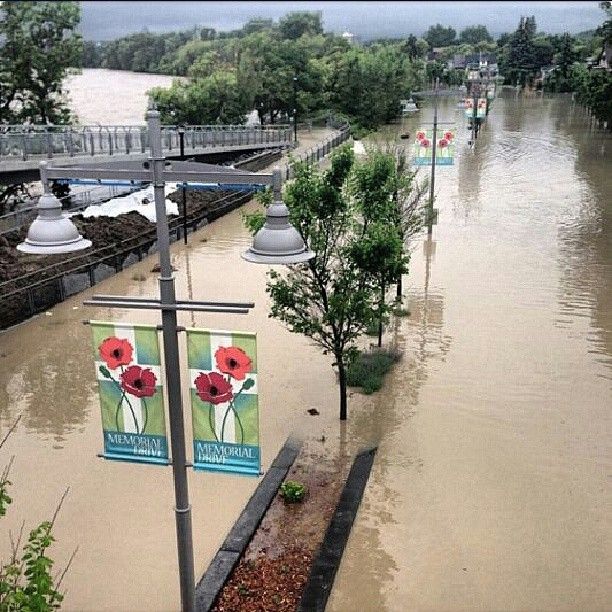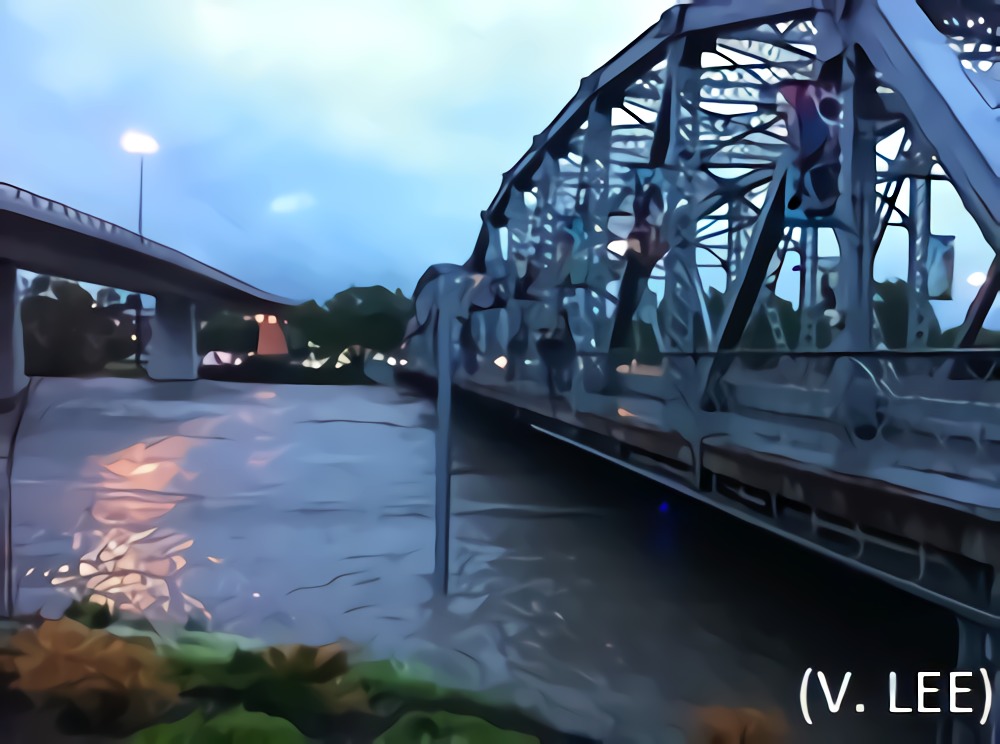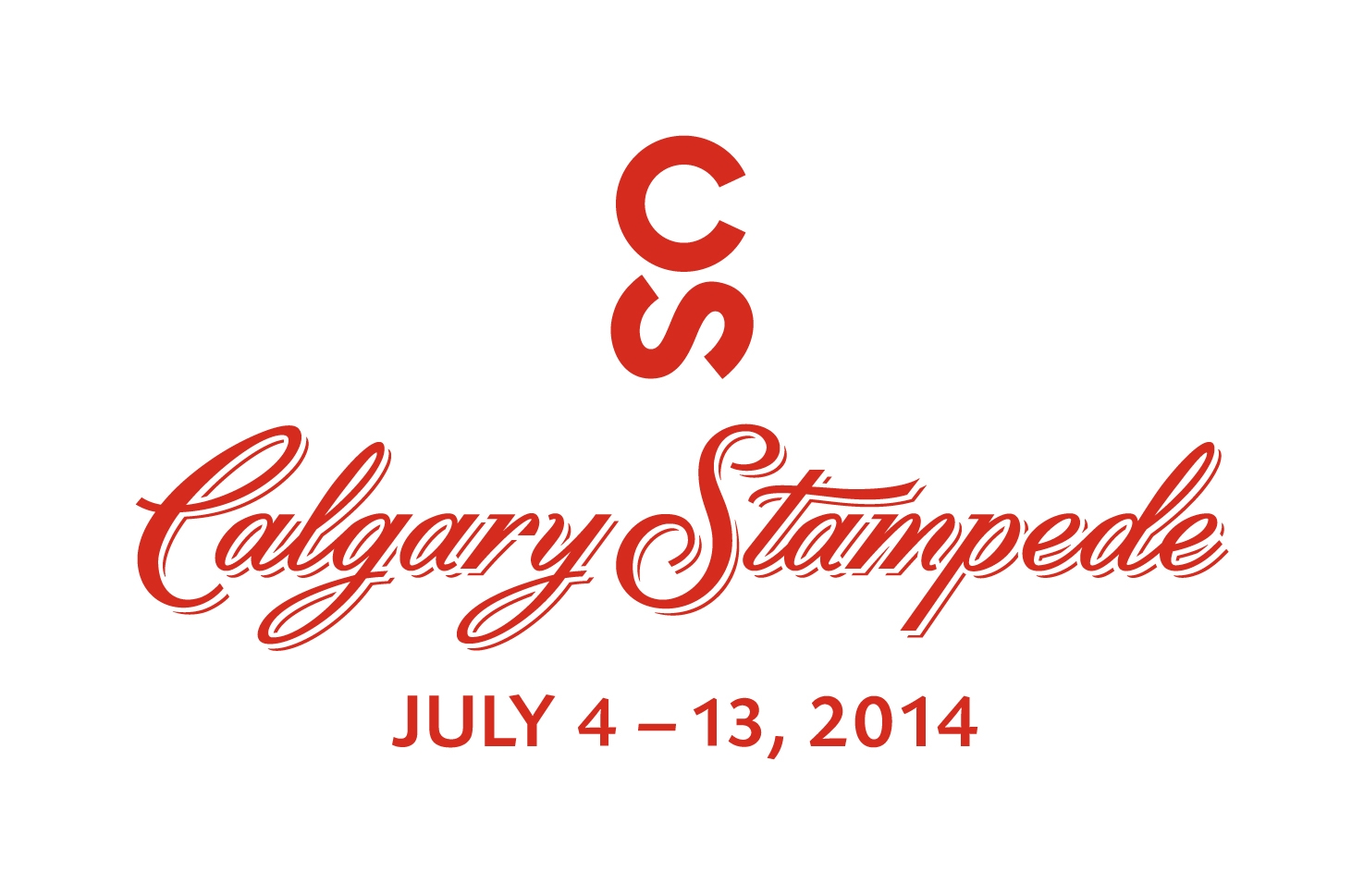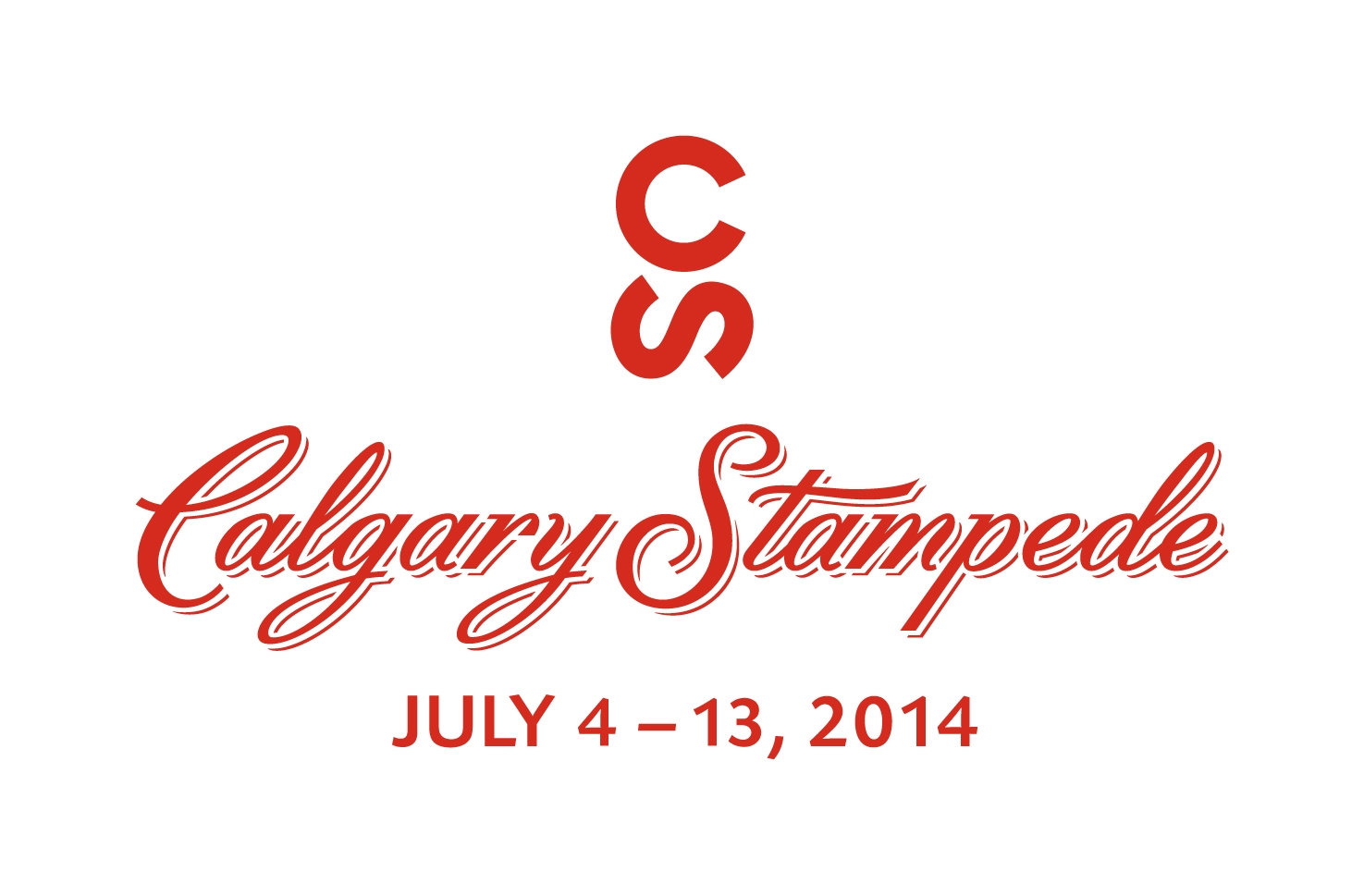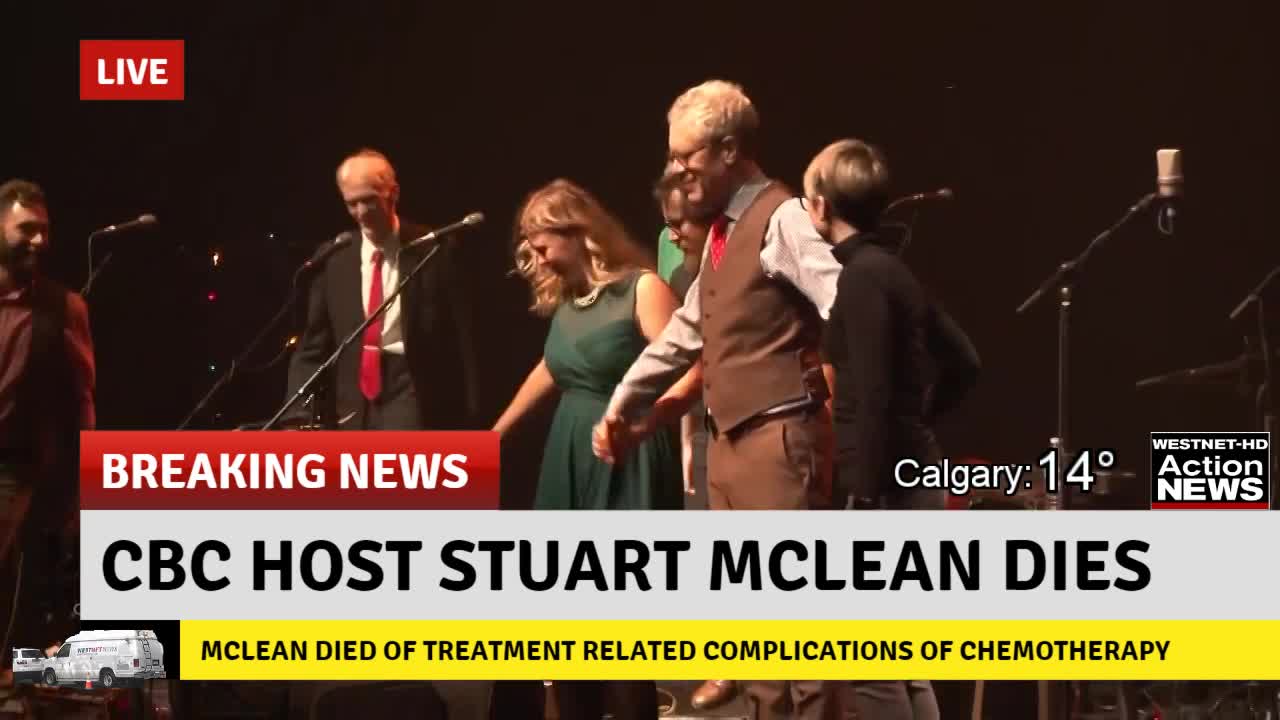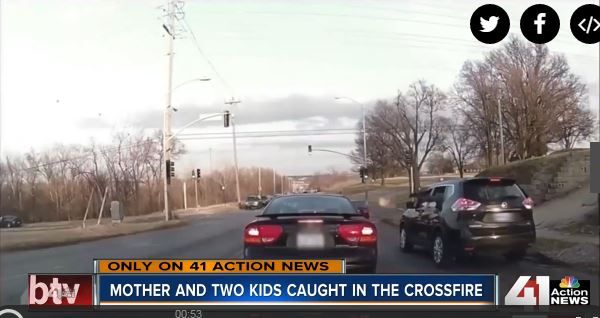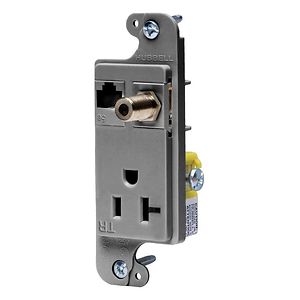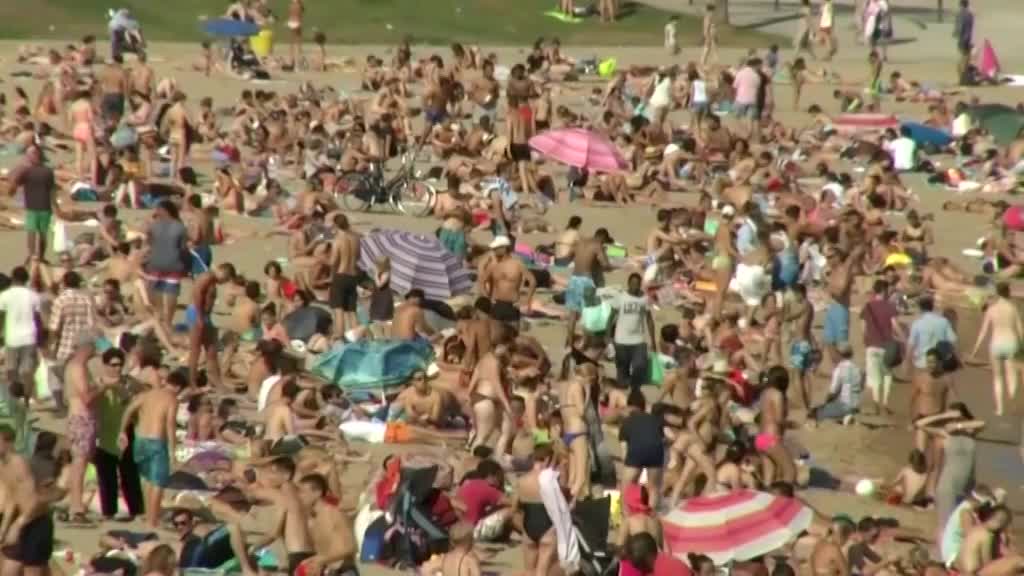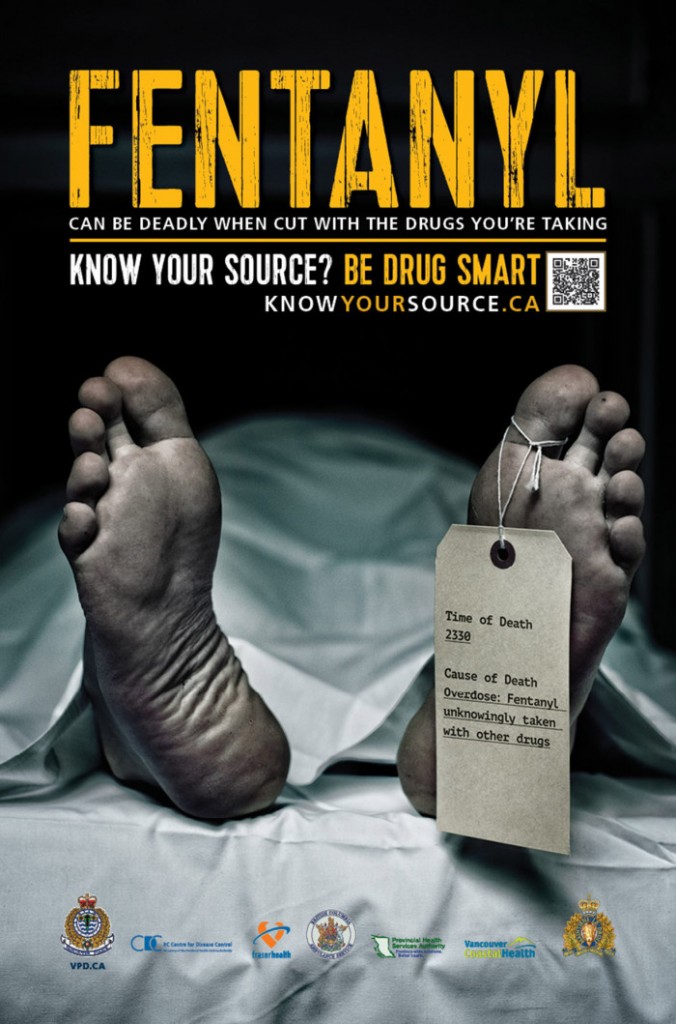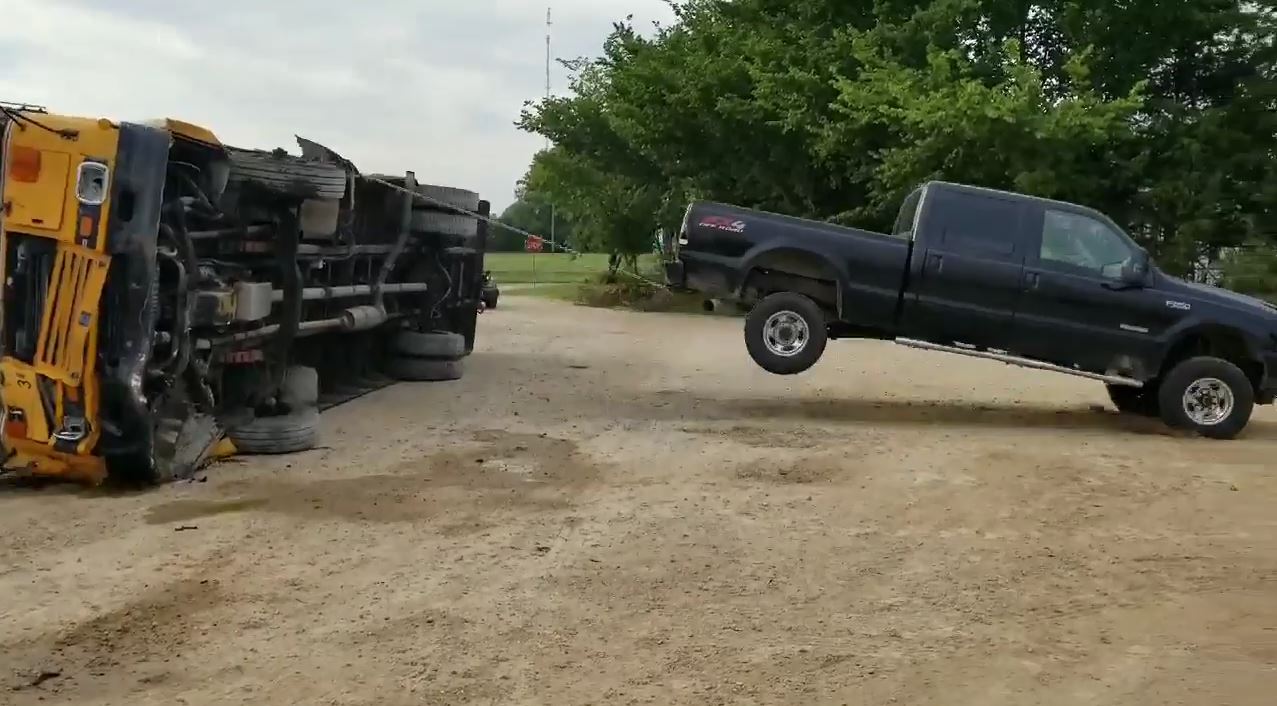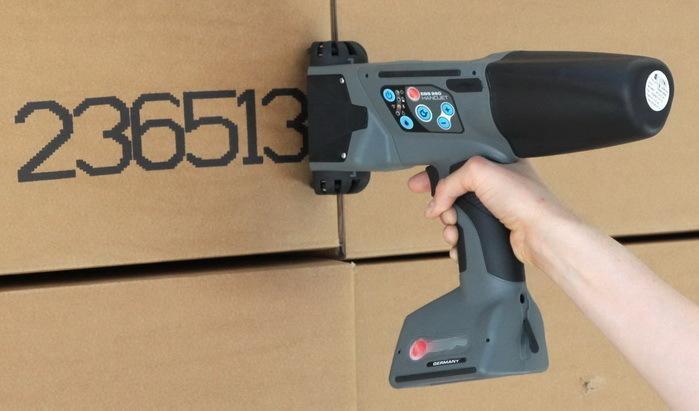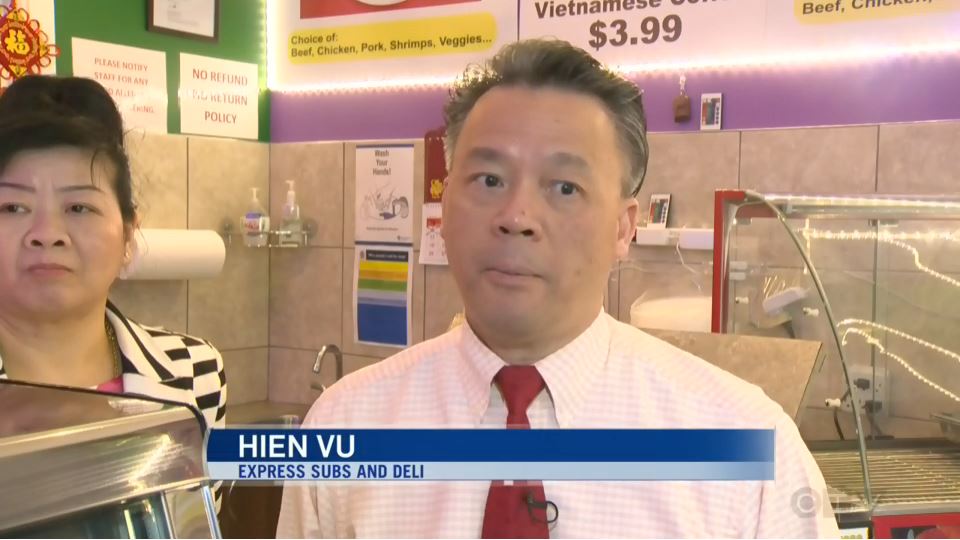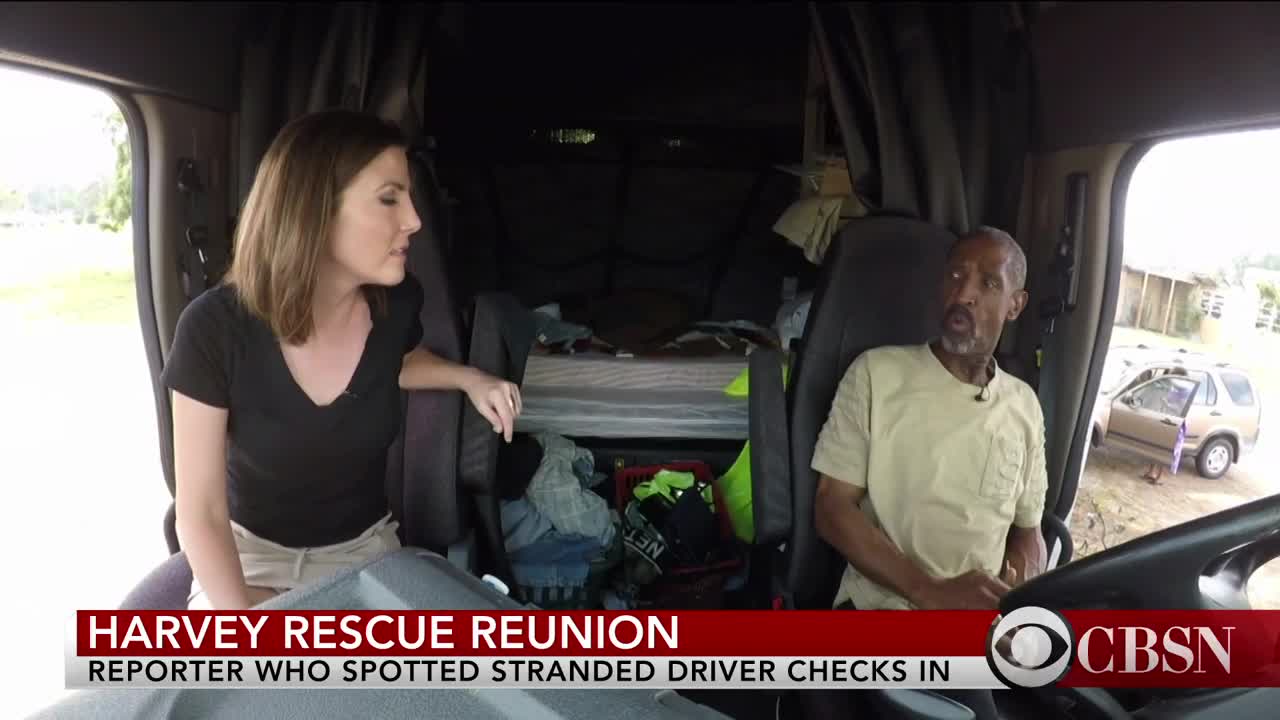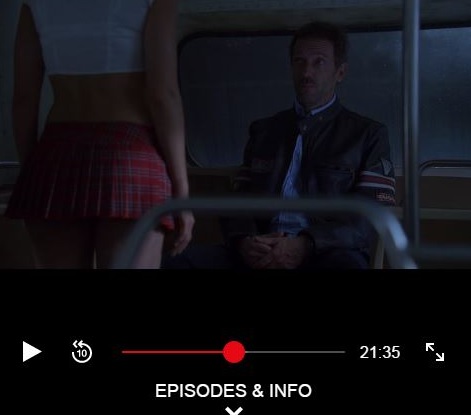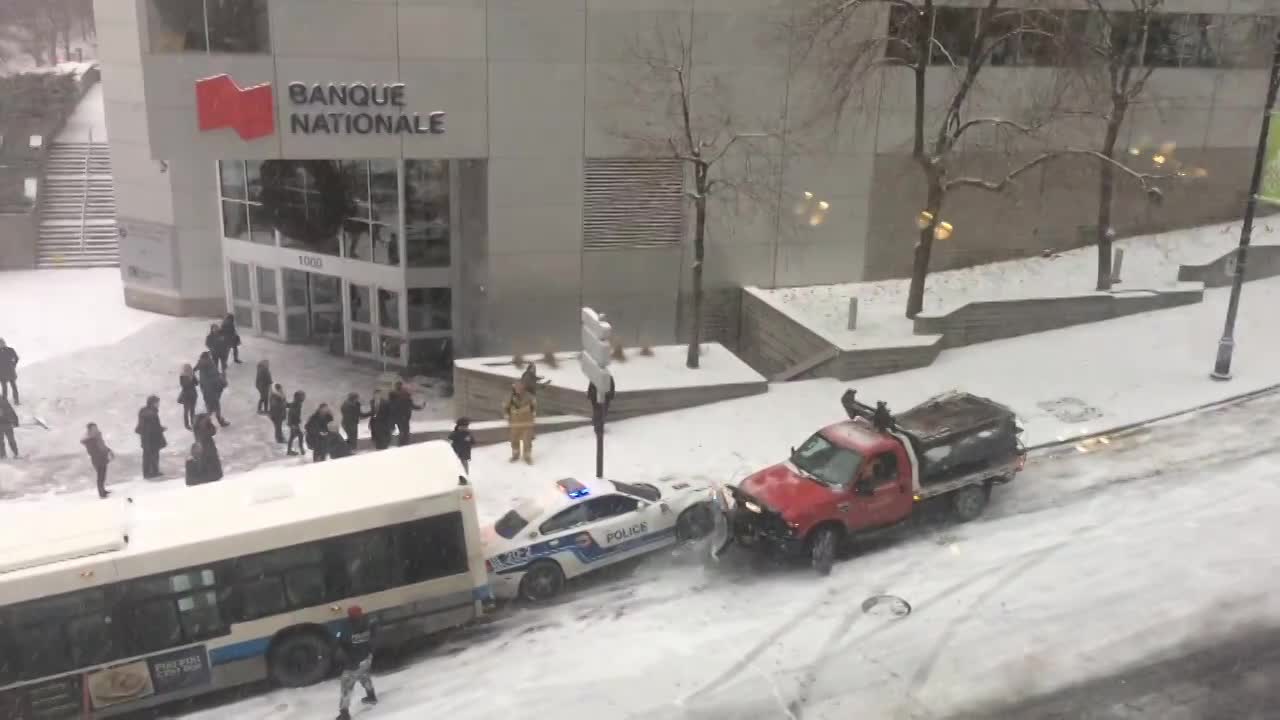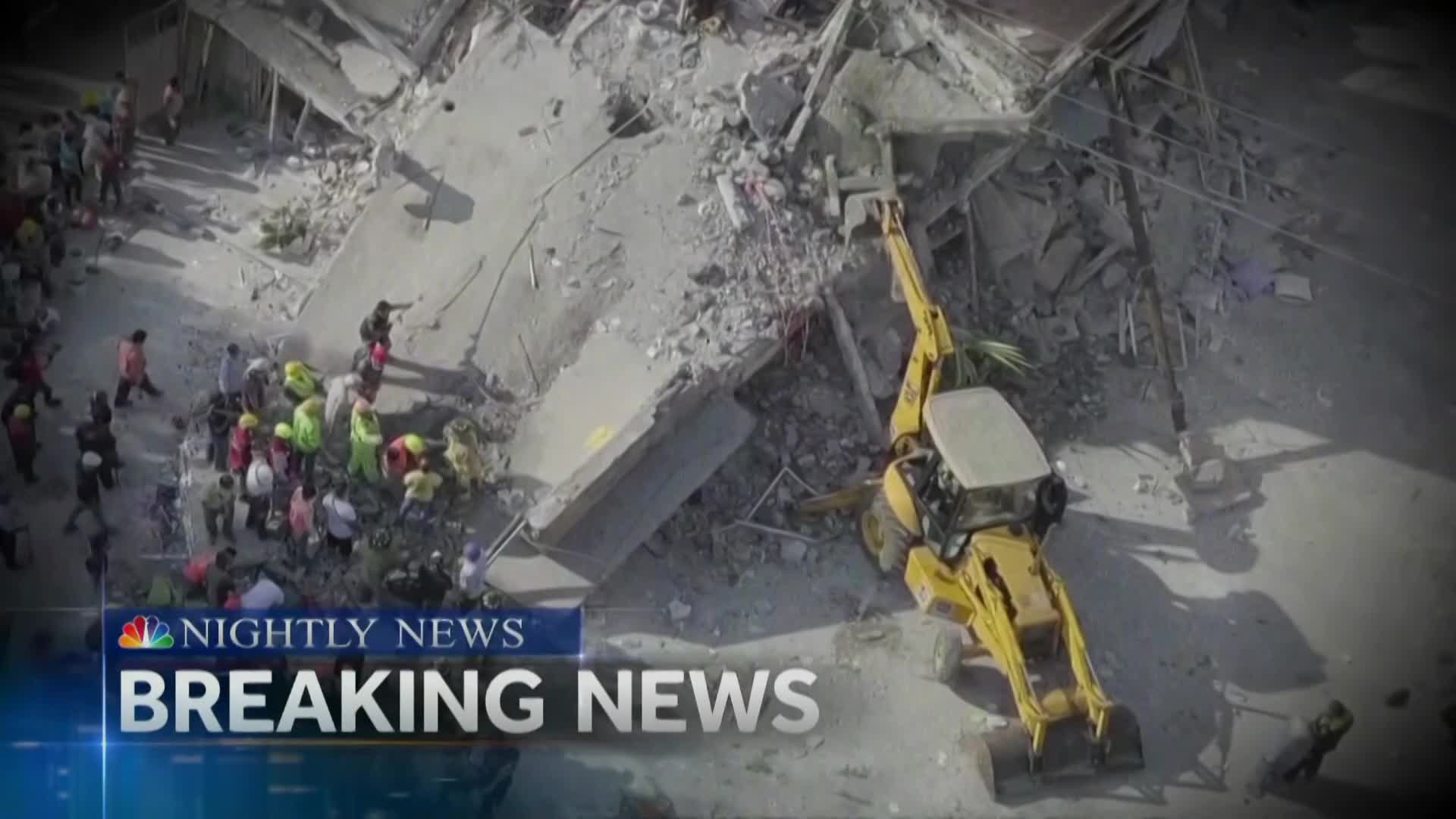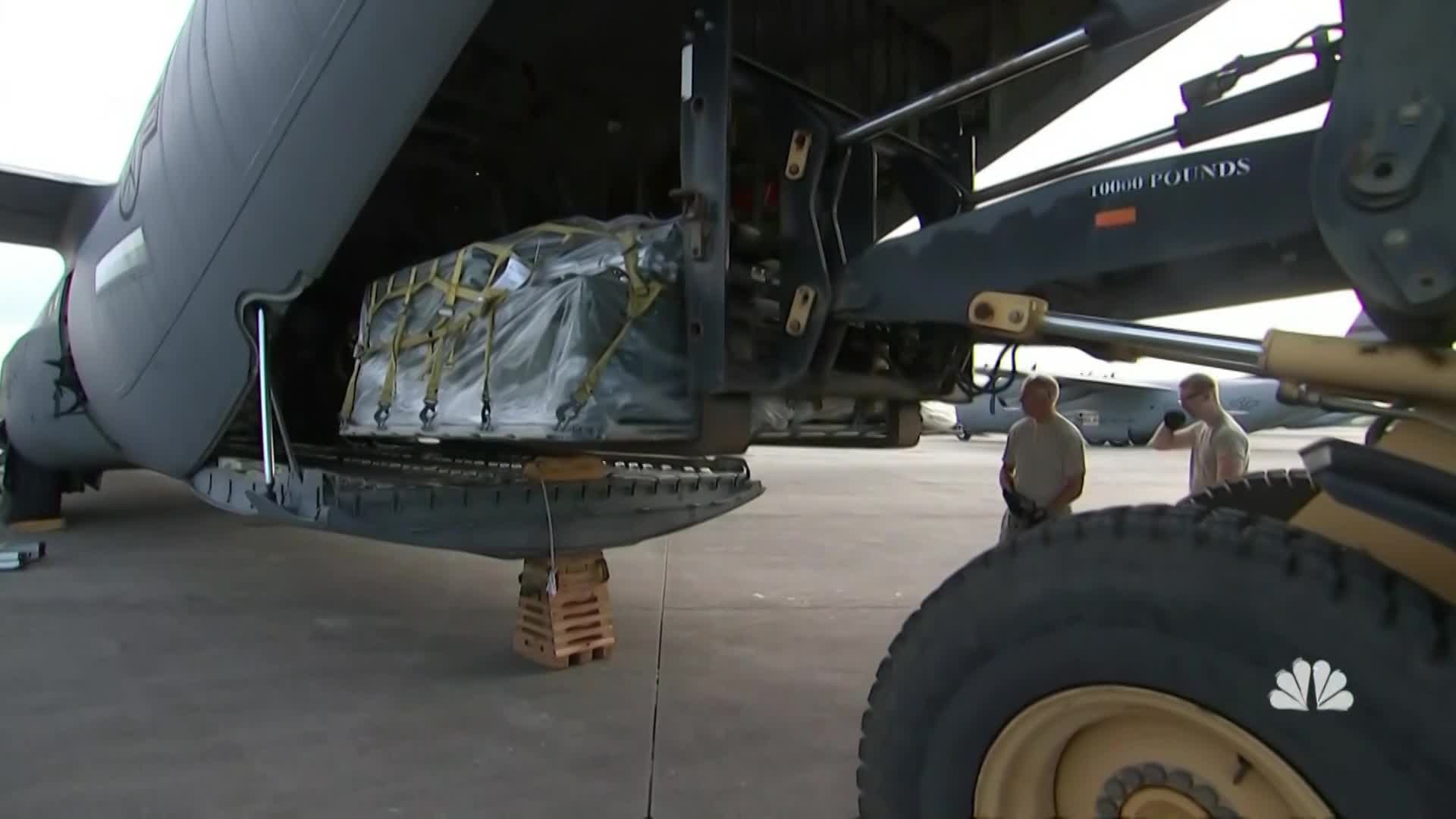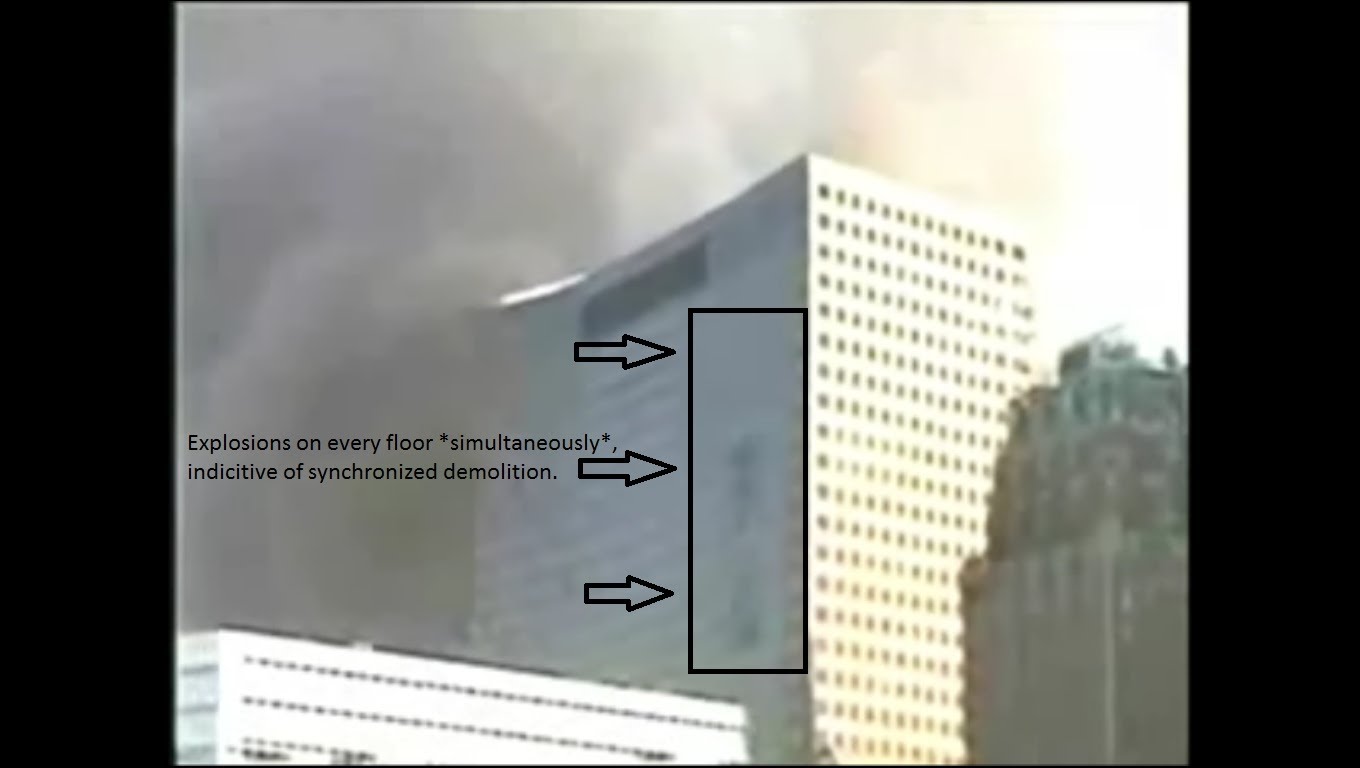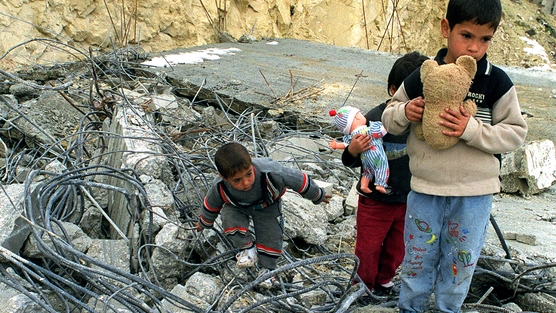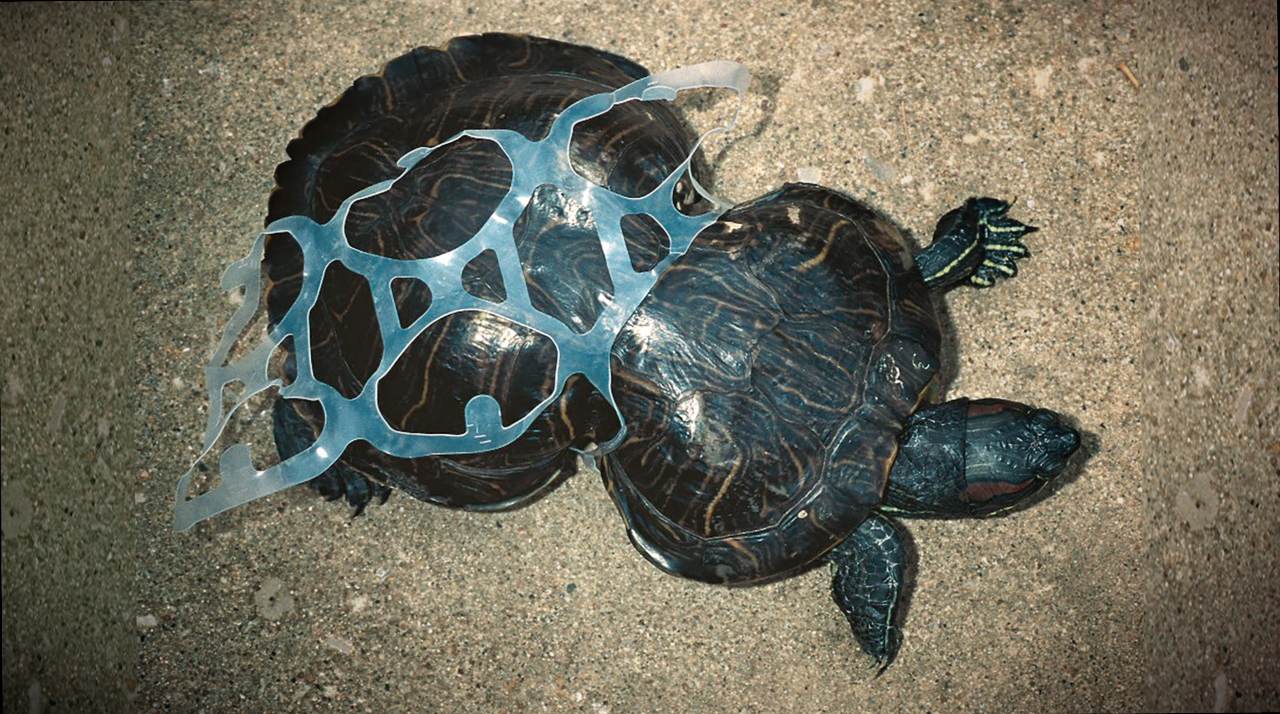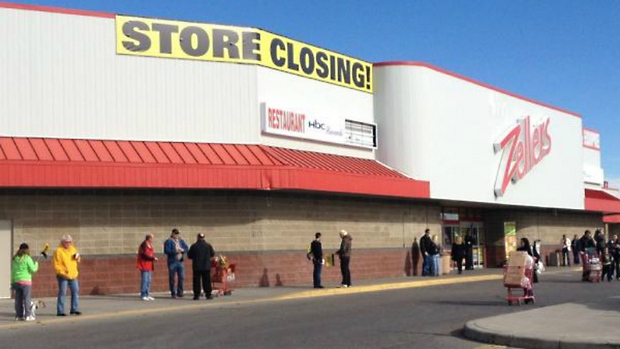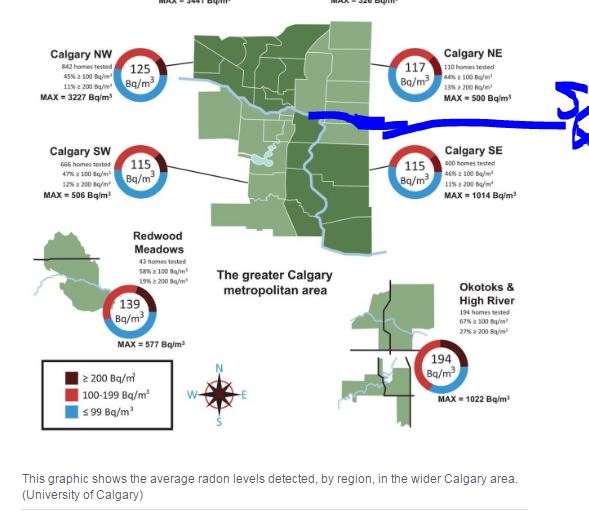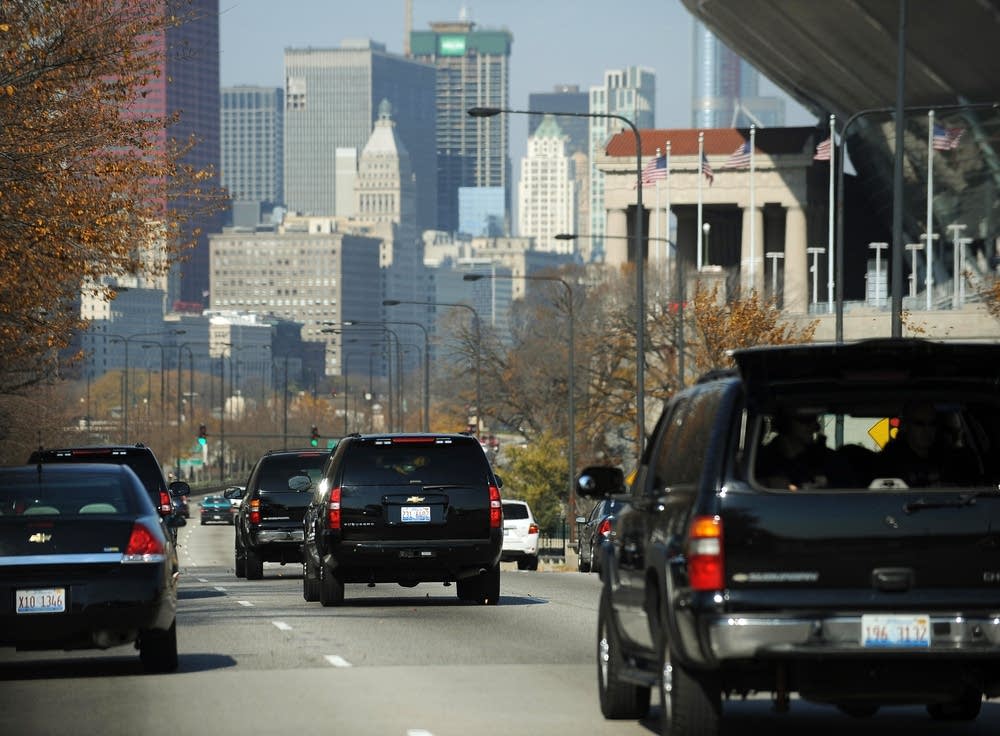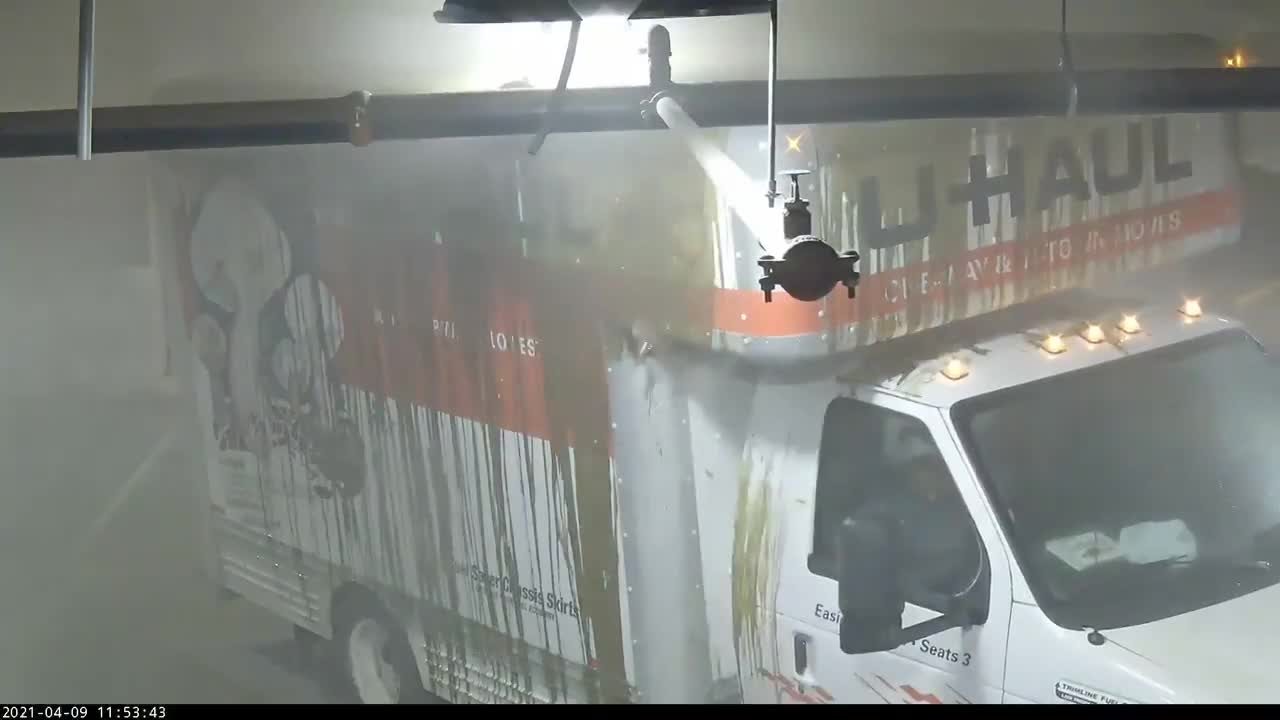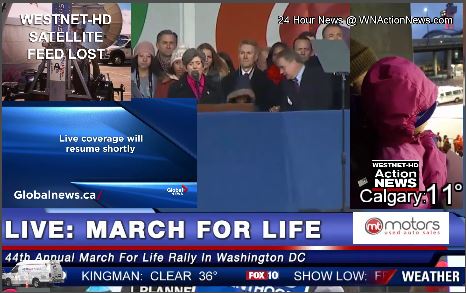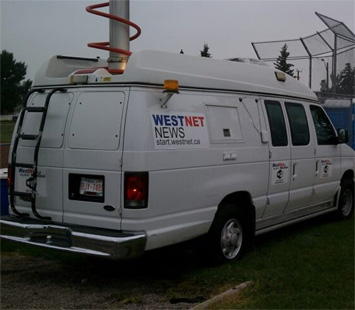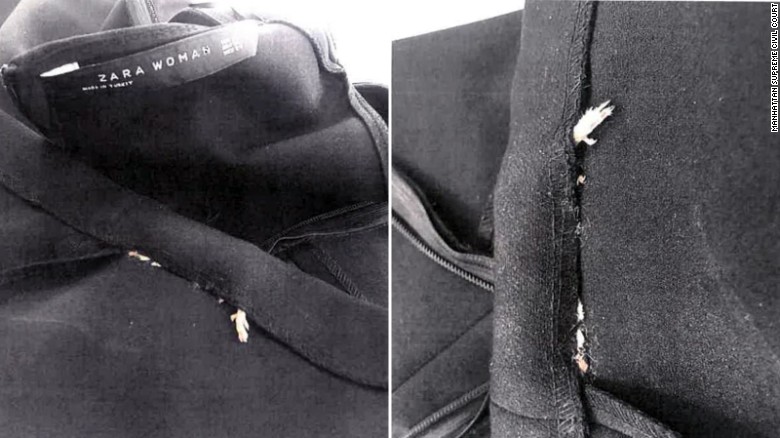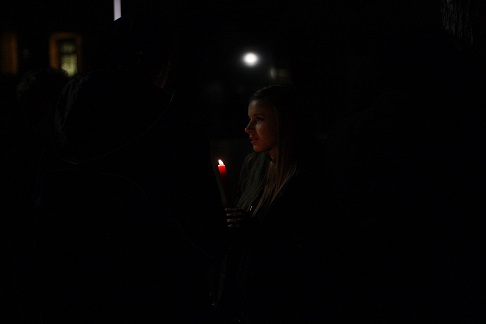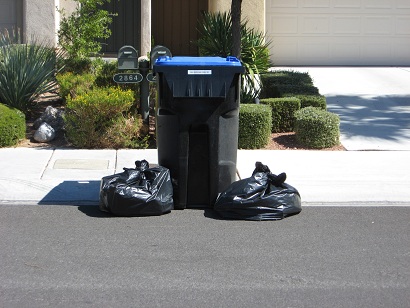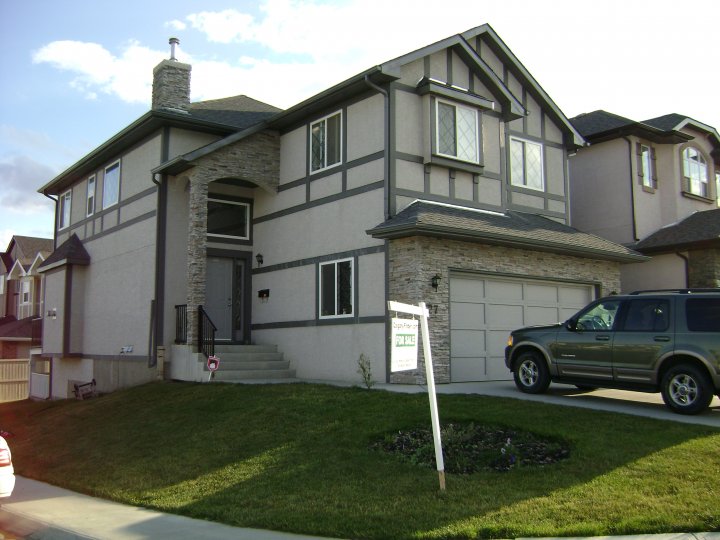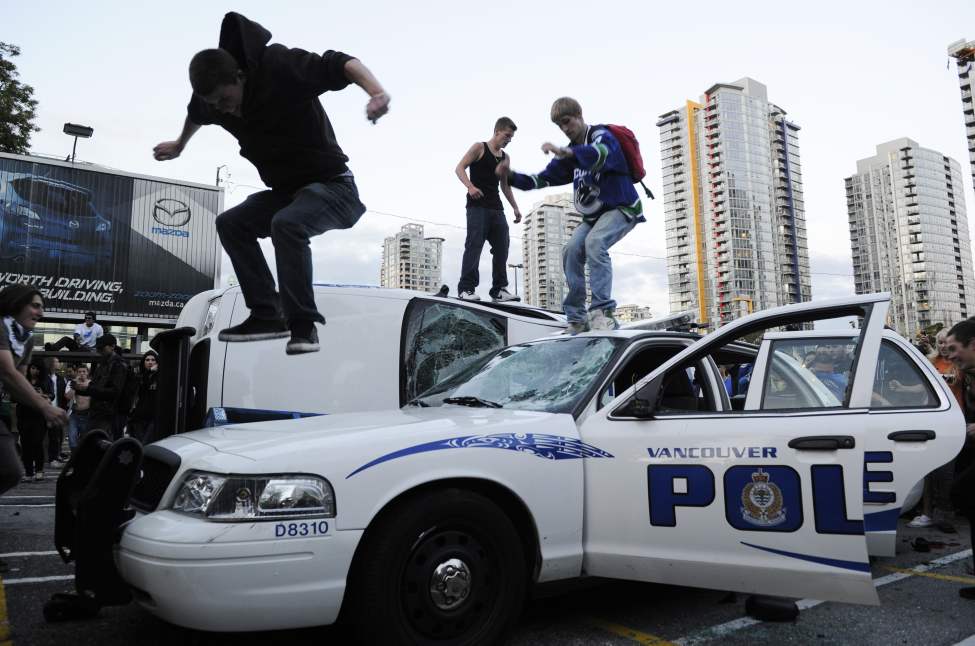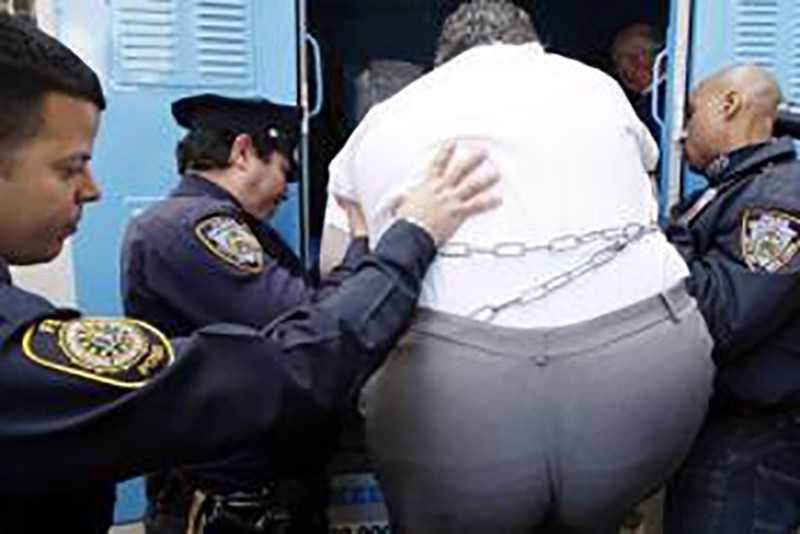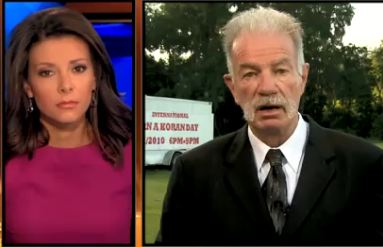Life and death: What critical-care triage could mean in Alberta ICUs
Premier Jason Kenney warned the acute-care system could be out of ICU beds and staff in 10 days

If COVID-19 pushes Alberta's health-care system past the breaking point, critical care will be reserved for patients with the greatest chance of survival, according to a government document that details how those life-and-death decisions would be made.
Physicians are bracing for the grim possibility of rationing care.
Premier Jason Kenneywarned Wednesday, as he announced new restrictions, that the acute-care system could run out of staff and critical-care beds within 10 days.
The critical care triage protocol, a 52-page document developed by Alberta Health Services, describes how the health-care system will copeif intensive care units (ICUs) no longer have the resources to care for every critically ill patient.
Revised most recently in May of this year, the protocol has never been enacted but health-care workers are now being briefed on the document, in preparation for the worst. Andprovincial health officials continue to warn, Alberta's acute care systemis teetering dangerously close to a collapse.
An average of 20 new COVID patients are admitted to ICU every day,said Dr. Verna Yiu, president and CEO of Alberta Health Services during a news conference Thursday.
"I can not stress enough how serious the situation is in our hospitals," Yiu said.
As of Thursday, Alberta had 268 patients in intensive care in a system set up for 173.
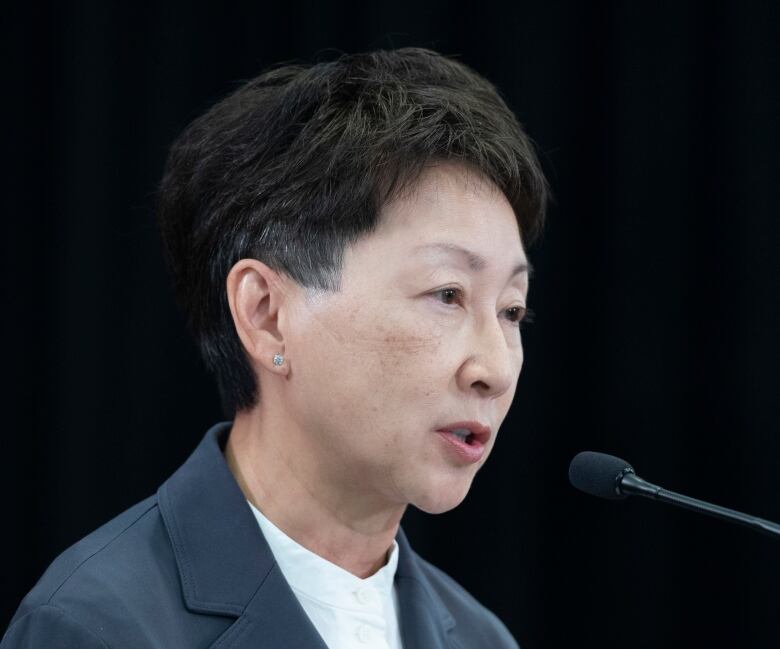
'The greatest number of lives'
The guidelines detail four stages of emergency surge responses minor, moderate, major and large-scale surge, with two distinct phases of triage, Phase 1 and Phase 2.
For minor and moderate surges, when there aremore critically ill patients than normal, the plan calls for extendingwork hours, cancellingvacations, and bringing in extra staff. Beyond that, triage may begin.
Phase 1 would be deployed if 90 per cent or more of Alberta's critical-care surge bedsarein use during what is described as a "major surge."
Surge beds are activated during a health-care crisis, when ICU capacity is reached and other hospital wards or healthcare facilities such as field hospitals are used to care for critically-ill patients.
Phase 2, the highest level of triage, would be triggered if Alberta reaches the criteria for a "large-scale surge" when critically-ill patient demand outstrips available beds, ventilators and human resources.
Because the number of patients in ICU can fluctuate hourly, the response would be escalated depending on the strain on the system.
"Triage is not about withholding care from patients, it is about providing the best care to the greatest number of people," the guidelines state.
"The best action when demand for absolutely scarce critical-care resources exceeds supply is to save the greatest number of lives possible."

Who gets care?
The framework outlines exclusion criteria medical conditions that would mean the difference between treatment in the ICU or not.
These specialized departments care fora hospital's most ill patients, including advancedCOVID-19 patients who require ventilatorsto survive.
Under Phase 1, patients with life-threatening conditions such as severe dementia, severe burns, those who have suffered a massive stroke or are in a deep coma, may be denied entrance into the ICU.
The barriers to treatment increase under Phase 2, with more stringent measurements applied based on the health and age of each patient.
Staff untrained in critical care would be widely deployed in ICUs.
People over 60 with poor chances of survival could be denied admission to the ICU. Onlychildren with the most severe medical needs, such as organ failure, would be admitted to ICU under Phase 2.
Doctors would be asked to decide if patients who have been on machine ventilationfor 14 days should be taken off life supportorder togive another patient a chance at survival, a decision that would be madewith or without family consent.
A medical team would assess each patient in critical condition using a series of scoring systems focused on the patient's likelihood of survival.
- In Phase 1, patients with an 80 per cent of probability of dying within the year would be denied critical care.
- In Phase 2, those with a 50 per cent of probability of death within a year would be denied critical care.
"The measures they are talking about are extraordinary," said Dr. Raiyan Chowdhury, a critical care specialist at Edmonton's Royal Alexandra Hospital. "It's never been like this."
The rigid protocols, although necessary during a crisis, would leave doctors with little flexibility to give difficult cases a final chance at survival, he said.
"If you had a heart attack at home and you had a cardiac arrest and the downtime was greater than 20 minutes, you wouldn't be coming to the ICU," Chowdhury said. "If you had a severe brain injury, you wouldn't be coming to the ICU.
"It doesn't necessarily mean that some of those people who will [under the protocol] be excluded wouldn't have survived and recovered in an ICU. Those people won't even get the chance."
WATCH | COVID-19 may force doctors to make life or death decisions, Edmonton doctor warns:
Who decides?
The decision to use a triage policy would be made by the CEO of Alberta Health Services in consultation with the organization's senior leadership team and would apply to all health-care facilities.
Care for patients with an equal likelihood of survival would be provided, in most cases, on a first-come, first-served basis but, if beds are extremely limited, chance may come into play.
If two or more patients with an equal chance of survival arrive at the same time, "random selection" would be used, the triage document says, noting that every patient has the same "moral worth."
All decisions to deny care would be overseen by a provincial triage "lead dyad," a network of regional teams of administrators and medical experts.
"It may be difficult for patients and families to shift frames; from having choice and giving consent in relation to their care to the utilitarian principle of 'greatest good for the greatest number,'" the framework says.
The policy would be difficult to implement and enforce, said Dr. Noel Gibney, professor emeritus in the department of critical care medicine at the University of Alberta.
Medical decisions often need to be made in seconds. Gibney wonders if there would be time to consult the triage team. He also worries that doctors would be saddled with impossible decisions.
"The whole process is set up to have shared responsibility," he said. "But in reality, all of the psychological harm will accrue primarily, I suspect, to the people at the bedside."
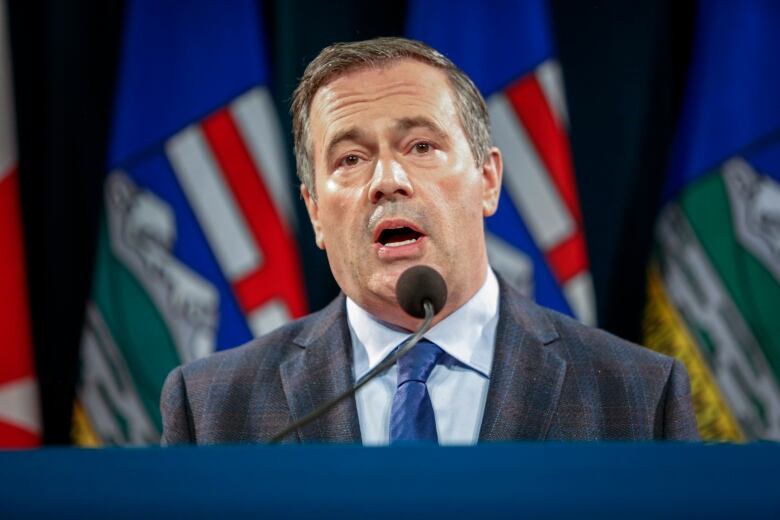
How close is a system collapse?
During a news conferenceThursday, Yiu painted a stark picture of a health-care system on the brink.
Mass cancellations of non-urgent surgeries continue to escalate.Staff are being widely redeployed. Hospitals have been asked to identify any space that could be used for ICU beds, including operating and observational rooms.
More Albertans are in ICU with COVID-19 than ever before and the number of infected patients continues to grow.
Of the 268 patients in ICUs, 75 per cent of them have COVID-19,the vast majority unvaccinated or partially vaccinated.
Albertais asking other provinces if they have hospital space or frontline workers to help, and Ontario has offered assistance, Yiu said.
Triage protocols would only be triggered as an "absolute last resort," Yiu said,but the prospect of rationing care seems closer than before.
"This fourth wave has resulted in the sharpest increase in ICU patients that we have seen throughout this pandemic," she said.
"AHS has moved to its highest level in terms of its surge response."
WATCH | Kenney introduces new measures to stop spread of COVID-19:


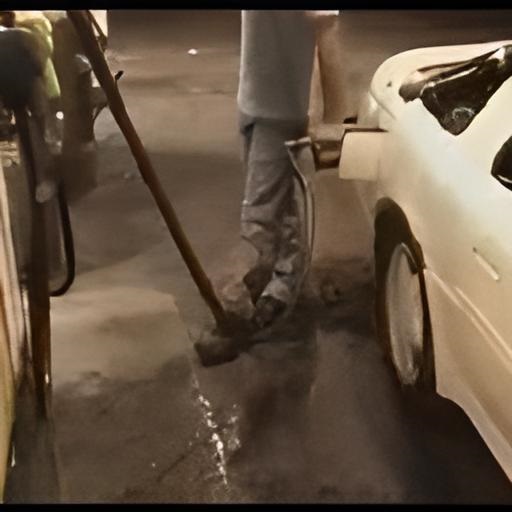
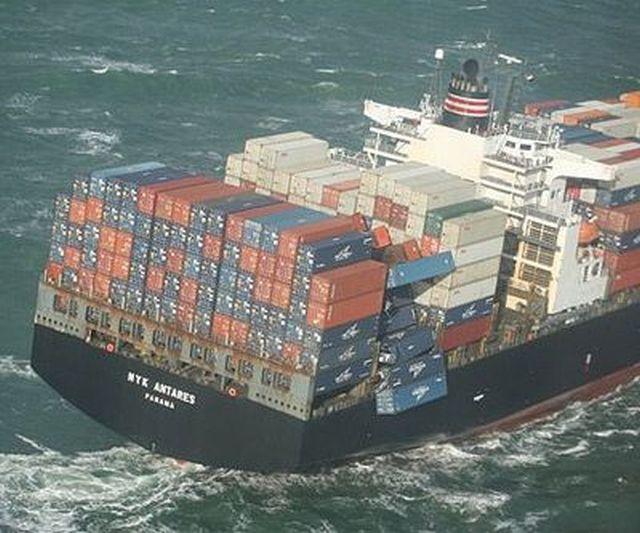

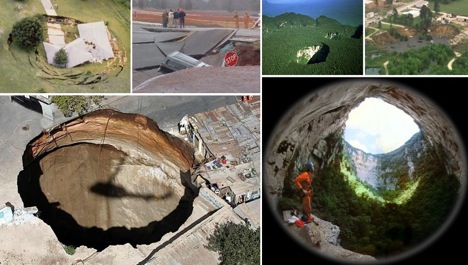




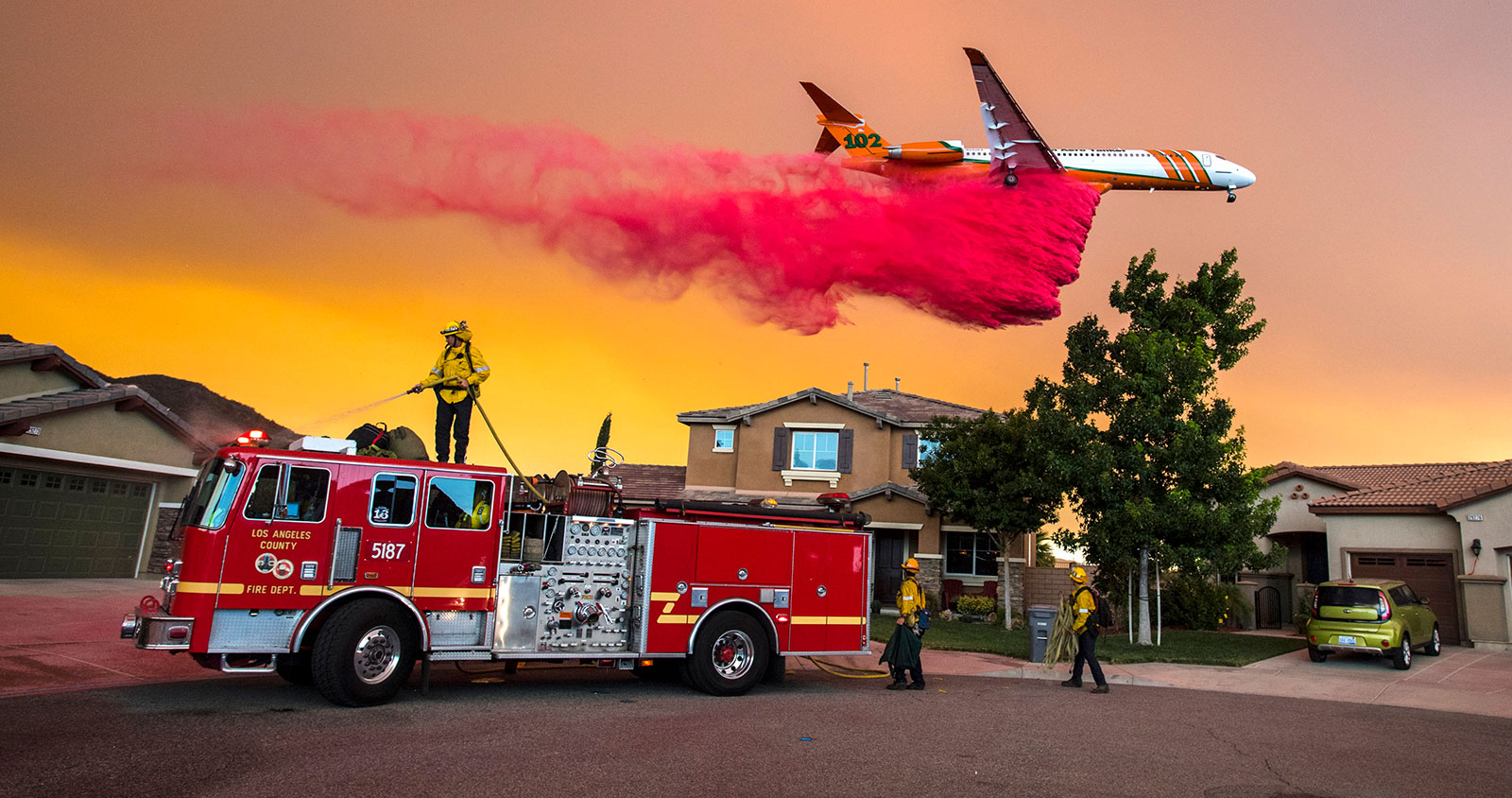


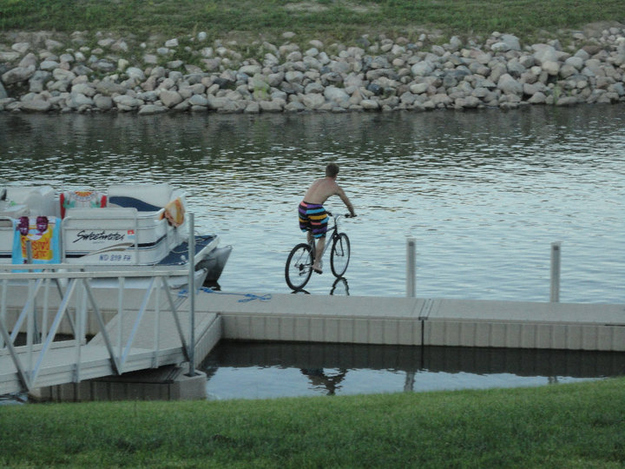
_(720p).jpg)
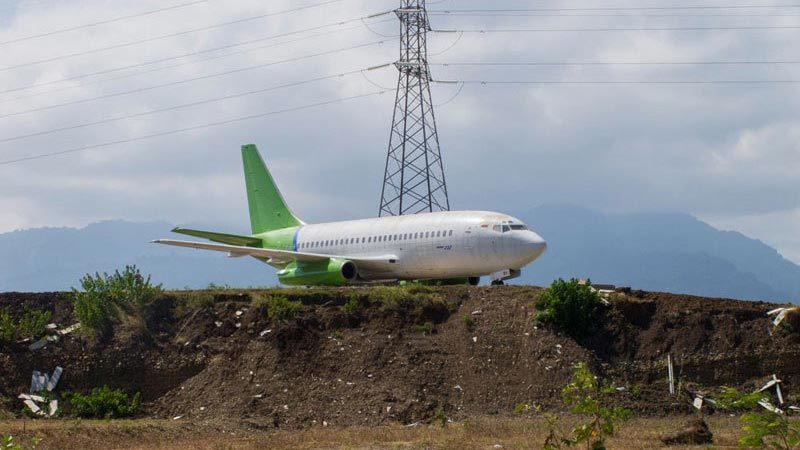
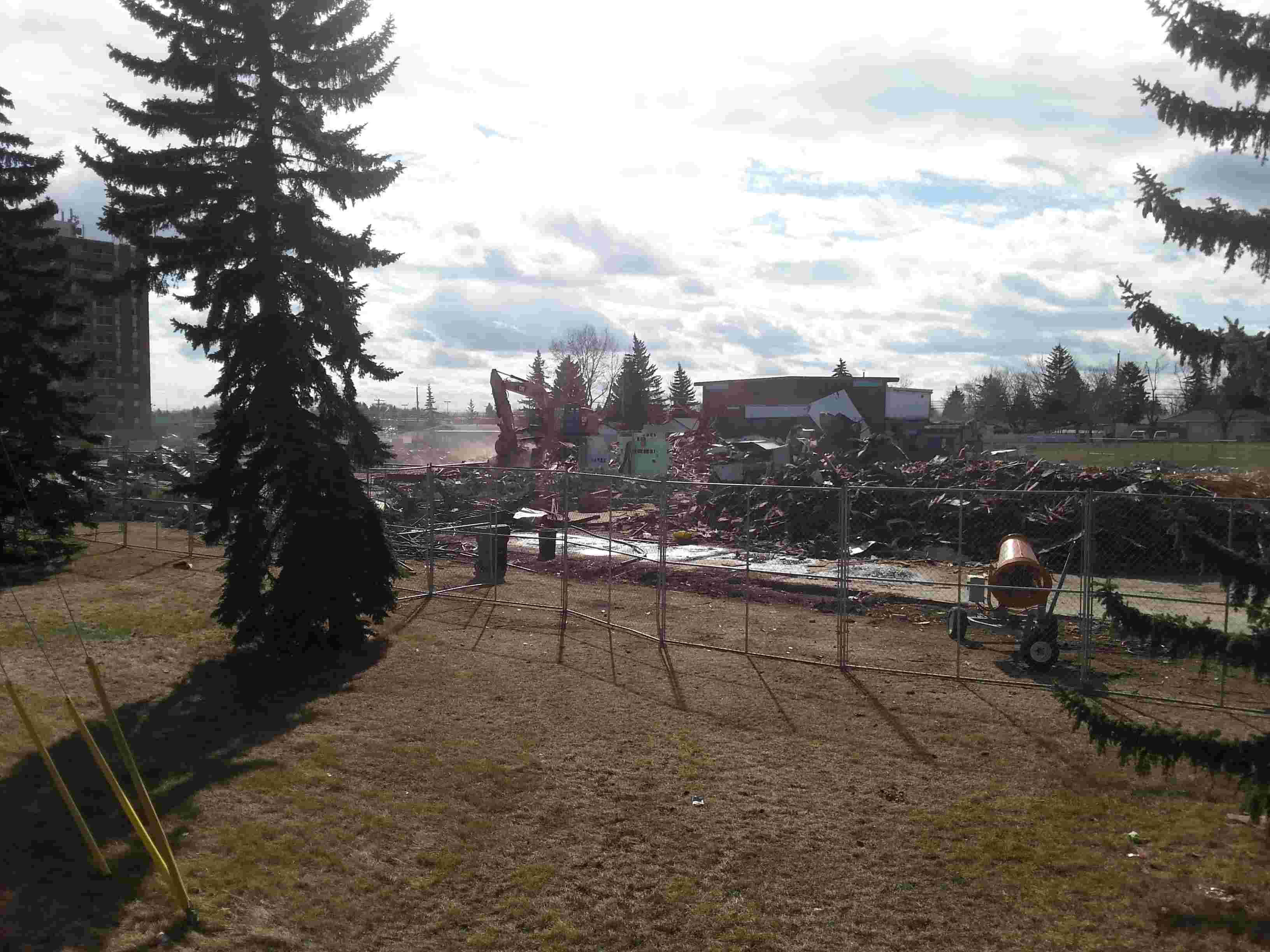
 OFFICIAL HD MUSIC VIDEO.jpg)
.jpg)

